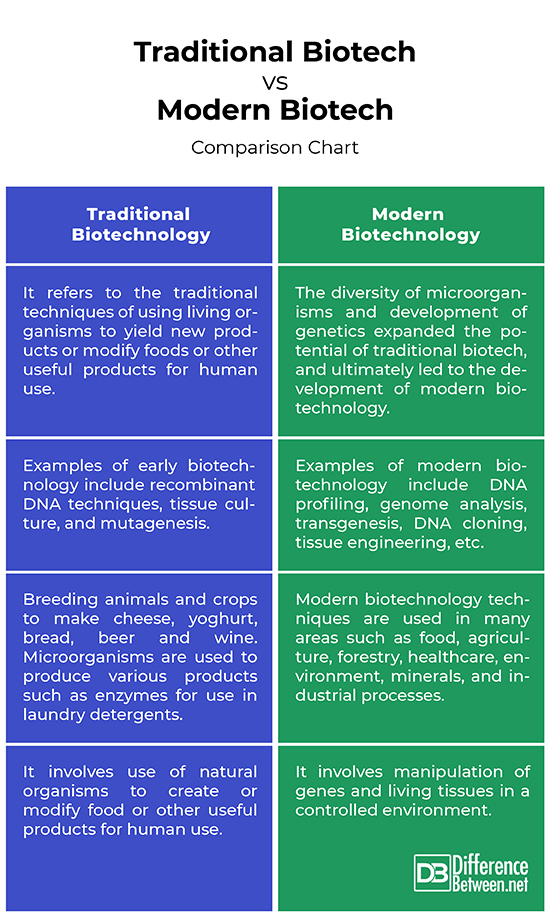Crafting has come a long way over the years, with traditional techniques being challenged by modern approaches. In this article, we will explore the differences between traditional and modern crafting methods, highlighting the unique benefits that each brings. Whether you’re a seasoned crafter or just starting out, this comparative analysis will provide valuable insights into the world of crafting and help you make informed choices about your own artistic endeavors. So, grab your tools and let’s embark on a fascinating journey of discovery!
Traditional Crafting Techniques
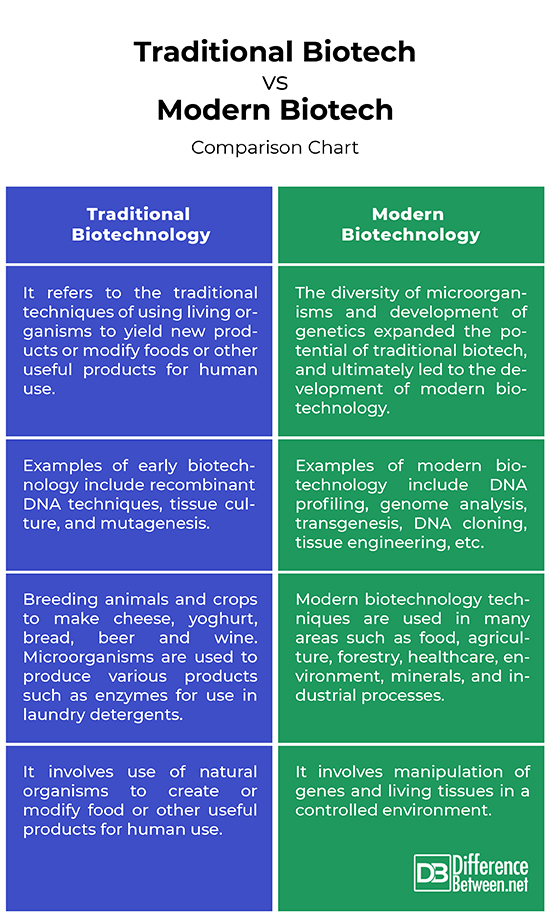
Definition and Overview
Traditional crafting techniques refer to age-old methods and practices that have been passed down through generations. These techniques often rely on manual skills, using simple tools and materials to create intricate and exquisite works of art. Traditional crafting encompasses a wide range of disciplines such as pottery, woodworking, weaving, metalworking, and many others. The essence of these techniques lies in the deep connection to cultural heritage and the preservation of ancient craftsmanship.
Historical Background
The history of traditional crafting techniques dates back thousands of years. These methods were essential for human survival, providing tools, shelter, and everyday items. Over time, these techniques evolved and became embedded in cultural traditions and identity. Ancient civilizations like the Egyptians, Greeks, and Mayans were known for their mastery in various crafts, leaving behind invaluable artifacts that continue to inspire contemporary artisans. Traditional crafting techniques have stood the test of time and have played a vital role in shaping human history.
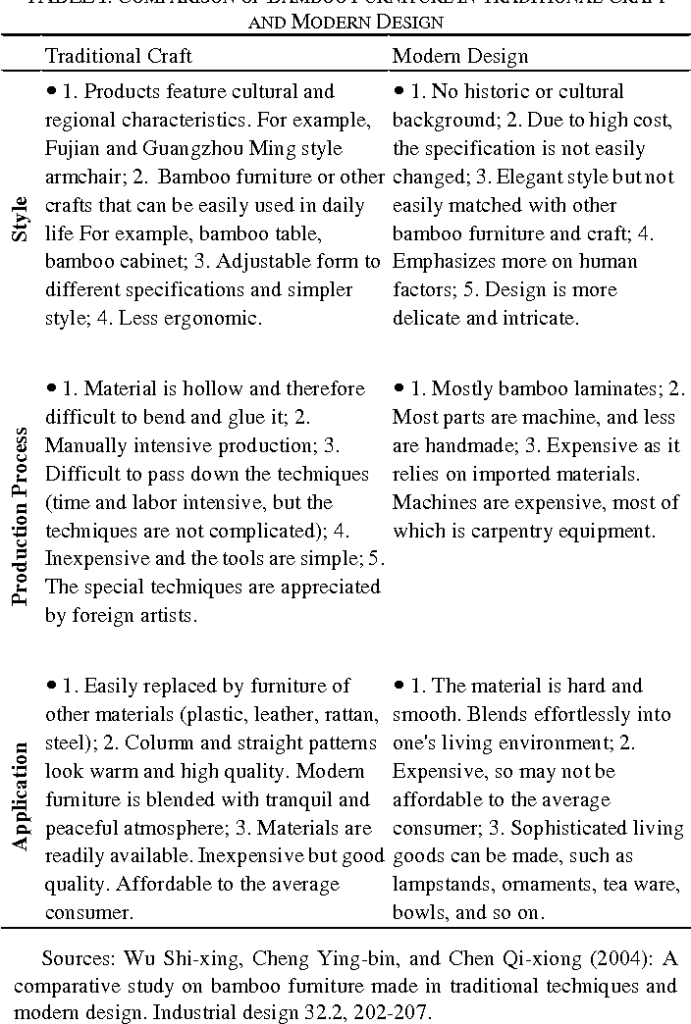
Materials and Tools
Traditional crafting techniques rely on a wide array of raw materials, reflecting the abundance and availability of resources within a specific region. For example, woodworking often utilizes local timber, while pottery favors clay sourced from nearby deposits. Tools used in traditional crafts are typically rudimentary and require manual manipulation. Basic tools such as chisels, looms, hammers, needles, and brushes are commonly employed, allowing artisans to have direct control over their work and imbue it with their personal touch.
Processes and Techniques
The processes and techniques employed in traditional crafting vary greatly depending on the art form. Skills are often acquired through an apprenticeship, where knowledge is passed down from master artisans. This imparting of expertise ensures the preservation of time-honored techniques. The methods can be intricate and time-consuming, requiring meticulous attention to detail and precision. From hand-carving intricate patterns in wood to painstakingly weaving textiles, traditional craftsmen invest significant time, patience, and dedication into their creations.
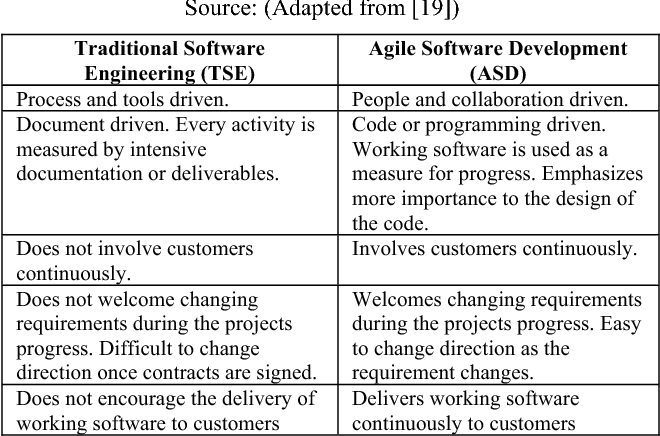
Advantages and Limitations
Traditional crafting techniques offer unique advantages. They provide a tangible connection to the past, preserving cultural heritage and allowing us to appreciate the skills and artistry of our ancestors. Traditional crafts often exhibit a level of craftsmanship and authenticity that is difficult to replicate with modern techniques. Additionally, traditional crafting fosters a deep sense of cultural identity, as each craft is intertwined with a specific region’s history and customs.
However, traditional crafting techniques also face limitations. The lengthy and intricate processes can be time-consuming, requiring extensive labor. This can limit the production capacity and availability of traditional crafts. Moreover, the reliance on manual skills and rudimentary tools may restrict intricate and complex designs. Additionally, traditional crafts may struggle to meet the demands of a rapidly changing market and contemporary consumer preferences.
Modern Crafting Techniques
Definition and Overview
Modern crafting techniques involve the integration of technological advancements into the craft-making process. These methods embrace innovation and utilize modern tools and machinery to streamline production and enhance creative possibilities. In contrast to traditional techniques, modern crafting often emphasizes efficiency and precision, harnessing the power of technology to create high-quality crafts for the modern world.
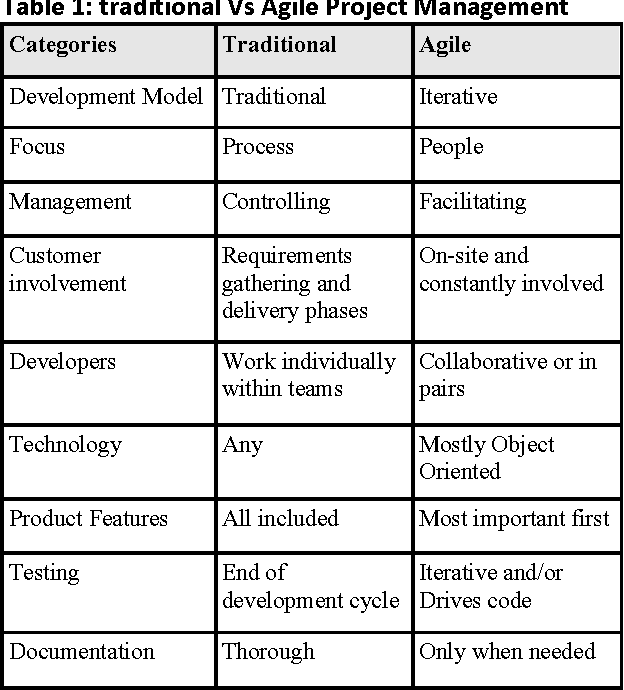
Evolution and Innovation
Modern crafting techniques have evolved in response to the dynamic needs and expectations of contemporary society. The rapid advancement of technology has facilitated the development of new materials and tools, expanding the possibilities for craft-making. Innovations such as computer-aided design (CAD) software and 3D printing have revolutionized the creative process, enabling intricate and complex designs to be brought to life with unparalleled accuracy. Modern craft-making represents a fusion of traditional craftsmanship with cutting-edge technology, pushing the boundaries of artistic expression.
Materials and Tools
Modern crafting techniques embrace a wide range of materials, often incorporating synthetic materials and composites alongside traditional ones. This allows for increased versatility and durability in the final product. Additionally, modern craft-making relies on advanced tools and machinery that automate certain processes, improving efficiency and precision. Computer-controlled machines and robotic arms have become integral to modern crafting, enhancing production capabilities and enabling the creation of intricate details with ease.

Processes and Techniques
Modern crafting techniques prioritize speed and efficiency, utilizing automation and mechanization to streamline the production process. Computer-aided design software enables artisans to create digital models, which can then be translated into physical objects through various manufacturing techniques. These range from laser cutting and CNC machining to 3D printing and rapid prototyping. By leveraging modern processes and techniques, craftsmen can produce high-quality crafts in a fraction of the time required by traditional methods.
Advantages and Limitations
Modern crafting techniques offer several advantages over their traditional counterparts. The integration of technology allows for increased precision, consistency, and scalability in production. This enables crafts to reach a wider audience and meet the demands of the modern market. Additionally, modern techniques often enhance the durability and functionality of crafts, as innovations in materials and production processes lead to stronger and more resilient products. Moreover, modern crafting methods can be more environmentally friendly, utilizing sustainable materials and reducing waste.
However, there are also limitations to modern crafting techniques. The reliance on advanced machinery and technology demands a certain level of technical expertise, which may limit accessibility for some artisans. Moreover, the use of synthetic materials and the emphasis on efficiency may result in a loss of the unique, handcrafted aesthetic that is characteristic of traditional crafts. Additionally, the rapid pace of technological advancements may render certain techniques or machinery outdated, requiring continuous adaptation and skill development.
A Comparative Analysis
Artistic Expression
Traditional crafting techniques excel in capturing the essence of human creativity and artistic expression. The personal touch of the artisan is evident in every detail, showcasing their skill and expertise. The use of manual tools allows for greater control and precision, enabling artisans to infuse their crafts with unique artistic flourishes. In contrast, modern crafting techniques offer new avenues for artistic expression through the utilization of advanced technology. Digital design allows for the creation of intricate and complex patterns, pushing the boundaries of what is possible. The blend of traditional artistry and modern innovation opens up a world of creative possibilities.
Skill and Mastery
Traditional crafting techniques require years of practice and dedication to master. The apprentice-master relationship fosters the transfer of knowledge, with skills being passed down through generations. The emphasis on hands-on experience and the use of manual tools hones the artisan’s abilities and allows for a deep understanding of the craft. In contrast, modern crafting techniques often rely on technical expertise and familiarity with modern tools and machinery. While traditional techniques emphasize the mastery of specific skills, modern techniques require artisans to adapt to evolving technologies, expanding their skill sets to incorporate digital design and production.
Efficiency and Speed
Traditional crafting techniques are inherently time-consuming due to the meticulous processes involved. Artisans invest significant time and effort into each creation, ensuring the highest level of craftsmanship. This labor-intensive approach, while producing exquisite results, limits the production capacity and may lead to longer lead times for custom orders. In contrast, modern crafting techniques prioritize efficiency and speed through the integration of automation and mechanization. Advanced machinery streamlines the production process, enabling rapid creation of multiple items with consistent quality. This allows for greater productivity and faster turnaround times, meeting the demands of today’s fast-paced market.
Quality and Durability
Traditional crafting techniques often result in crafts of exceptional quality and durability. The emphasis on manual craftsmanship and the use of natural materials contribute to the longevity and resilience of the final product. Traditional crafts are known to withstand the test of time, with some artifacts from ancient civilizations still preserved to this day. In contrast, modern crafting techniques can produce crafts of equal or even superior quality through the use of innovative materials and advanced production processes. Synthetic materials and composites offer enhanced durability and functionality, ensuring that modern crafts can withstand the rigors of contemporary life.
Environmental Impact
Traditional crafting techniques have long been celebrated for their sustainable practices. The reliance on organic materials and manual processes minimizes the environmental footprint associated with craft-making. Additionally, the use of recycled or locally sourced materials further reduces the impact on the environment. In contrast, modern crafting techniques have the potential to leave a larger environmental footprint. The use of advanced machinery and synthetic materials may contribute to pollution and waste. However, advancements in sustainable materials and growing awareness of environmental issues have led to the adoption of eco-friendly practices in modern crafts, minimizing their impact on the planet.
Accessibility and Cost
Traditional crafting techniques often require a significant investment in time, skill development, and specialized tools. The apprenticeship model limits accessibility to those who have the opportunity and resources to undergo the training. Additionally, the labor-intensive nature of traditional techniques can result in higher costs, reflecting the artisan’s expertise and the time invested in each craft. In contrast, modern crafting techniques can be more accessible to a wider audience. The use of technology and mechanization reduces the skill requirements, making it easier for individuals to engage in craft-making. Moreover, the streamlined production process may result in lower costs, making modern crafts more affordable for consumers.
Conclusion
In the debate between traditional and modern crafting techniques, there is no clear winner. Both approaches offer distinct advantages and limitations, appealing to different sensibilities and serving different purposes. Traditional crafting techniques celebrate cultural heritage, preserving ancient skills and craftsmanship while providing a deeper connection to the past. On the other hand, modern crafting techniques embrace innovation and technology, enabling artisans to push the boundaries of artistic expression and meet the demands of a fast-paced world.
Ultimately, the choice between traditional and modern crafting techniques depends on personal preferences, the intended purpose of the craft, and the specific context in which it is being created. Whether one chooses to honor tradition or embrace innovation, the world of crafting continues to evolve, showcasing the remarkable creativity and ingenuity of artisans throughout history and into the future.

